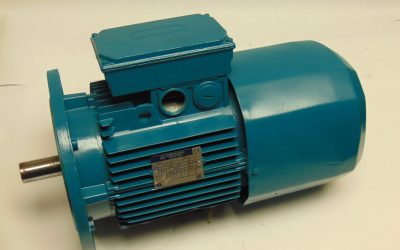Microfluidics devices are a field that intersects areas of both science and technology that work with small volumes of fluid. Since its official establishment in the 1980s, this field has developed a number of useful applications that use the technology of liquid flow in micrometer-sized channels. These applications include DNA chips, micro-thermal technology, lab-on-a-chip technology, inkjet printer heads, and more. Microfluidics devices deal with the control, behavior, and manipulation of geometrically constrained micro-sized liquids. These are moved, mixed, separated, and processed to be used in a variety of applications.
The Process
One of the most crucial manufacturing processes of the microfluidics field is that of the microfluidic chip. Microfluidic chips are a term used to describe an interconnectedness of a set of micro-channels that have been machined into a material, such as polymer. First, a polymer mixture is stirred to ensure consistency throughout the chip. This mixture travels down a barrel that is heated, to prevent sticking, and is fed into a mold. The mold is set to the side as it dries. Once the mold has reached an entirely solid form, precision-machinery is used to etch a set of micro-channels into the polymer chip. These channels are connected in a specified design to meet a specific research function. When liquid enters the design, it will chemically react, pump, mix, or redirect. The design that a scientist uses will be determined by the liquid and process they are studying. Once the micro-channels are set, the network is connected to the outside using inputs and outputs pierced through the chip. To inject or remove a gas or liquid, a tube, syringe adapter, or another device is used.
Requirements
Microfluidics devices are used for both scientific and technological processes. For this reason, it is essential that they are designed very precisely, with the slide’s core function in mind. A flawed slide can lead to an inaccurate test or observations, which can cause a large problem in these types of fields. The most common size of a microfluidic slide is 25mm x 75mm. These dimensions are often accompanied by a thickness of 1mm. While the majority of molds will fit these dimensions, a quality plastics contract manufacturer will be able to create new molds to meet unique chip configurations.
When manufactured for a specific order, these slides are available with or without the channeled features. The purpose of the slide will also determine the type of manufacturing used. Two commonly used processes for the manufacturing of microfluidics devices include high volume injection molding and small volume embossing. Each specific side is designed to meet the highest technical requirements set for scientific products.


